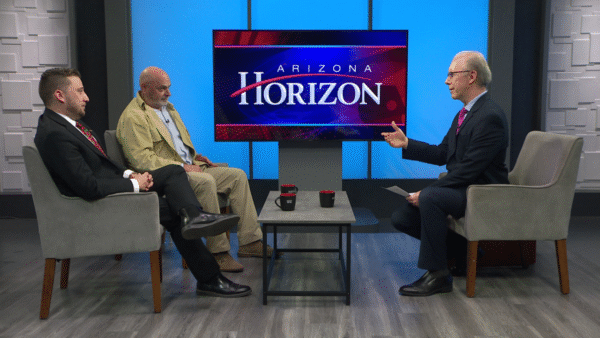
How does bullying affect our students?
Sept. 26, 2022
Happy September, fellow Superheroes! As you might already know, October is National Bullying Prevention Month, and so I am dedicating these next two posts to discuss not only how bullying impacts our students, but also to provide resources you can use to teach your students how to take action against bullying. Look for the second part next week.
According to Pacer’s National Bullying Prevention Center, one out of every five students (approximately 20.2%) have reported being bullied. Of those students, 13% were made fun of, called names or insulted; 13% were the subject of rumors; 5% were pushed, shoved, tripped or spit on; and 5% were excluded from activities on purpose. Heartbreaking, right? Follow this link for a comprehensive overview of bullying prevention research performed by various government and higher education agencies.
How does bullying affect our students?
After reading those statistics, I wanted a deeper insight into how bullying affects high school students – so I asked some of the students at my school, and we were able to have an open and honest discussion about it.
One student mentioned that bullying, “makes people feel worse and could deteriorate their mental health. When you feel terrible the whole day it’s hard to have any motivation.” Another student expressed that bullying causes students to be, “scared to come to school, scared to be who they are.” Hurtful comments and actions, “stick with us for a long time especially because our insecurities tend to be the focus of the harmful behavior.” Perhaps the most compelling comment was that bullying makes students “feel unsafe, unwelcomed and alone. We then tend to isolate ourselves which can lead to feelings of depression, anxiety and loss of motivation to do homework. It really is a vicious cycle that many teenagers do not openly talk about.”
My takeaway? As educators, we can never overestimate the impact bullying has on our students.
How do our students combat the effects of bullying?
Students then shared ways in which they combat the effects of bullying. The majority of the responses focused on confiding in an adult figure that they trust such as a parent, teacher or counselor as well as having a safe place to go to when they need support. Lastly, students emphasized the importance of advocating for those that are unable to speak up for themselves. In other words, “if you see an injustice, speak up about the injustice.” I cannot stress enough the importance of creating safe and welcoming classrooms for our students. Check out my previous post for some ideas on how to go about doing so.
Next month, I will be sharing some great community resources and activities that we can use to unite us through action. In the meantime, mark your calendars for October 19th to celebrate Unity Day. Be sure to wear orange on that day to send a visible message of unity, kindness, acceptance, and inclusion to remind students that they are not alone.
Thank you for all you do, Superheroes!
About the author
Ashley Burkart is a Senior STEM Teacher at Bioscience High School in Phoenix. STEM research was her first passion as she holds a Masters in Biomedical Science from Midwestern University. When she isn’t teaching tomorrow’s leaders, she is either hanging out with her dogs, Raven and Bailey, or hiking the beautiful mountains of Arizona.






















